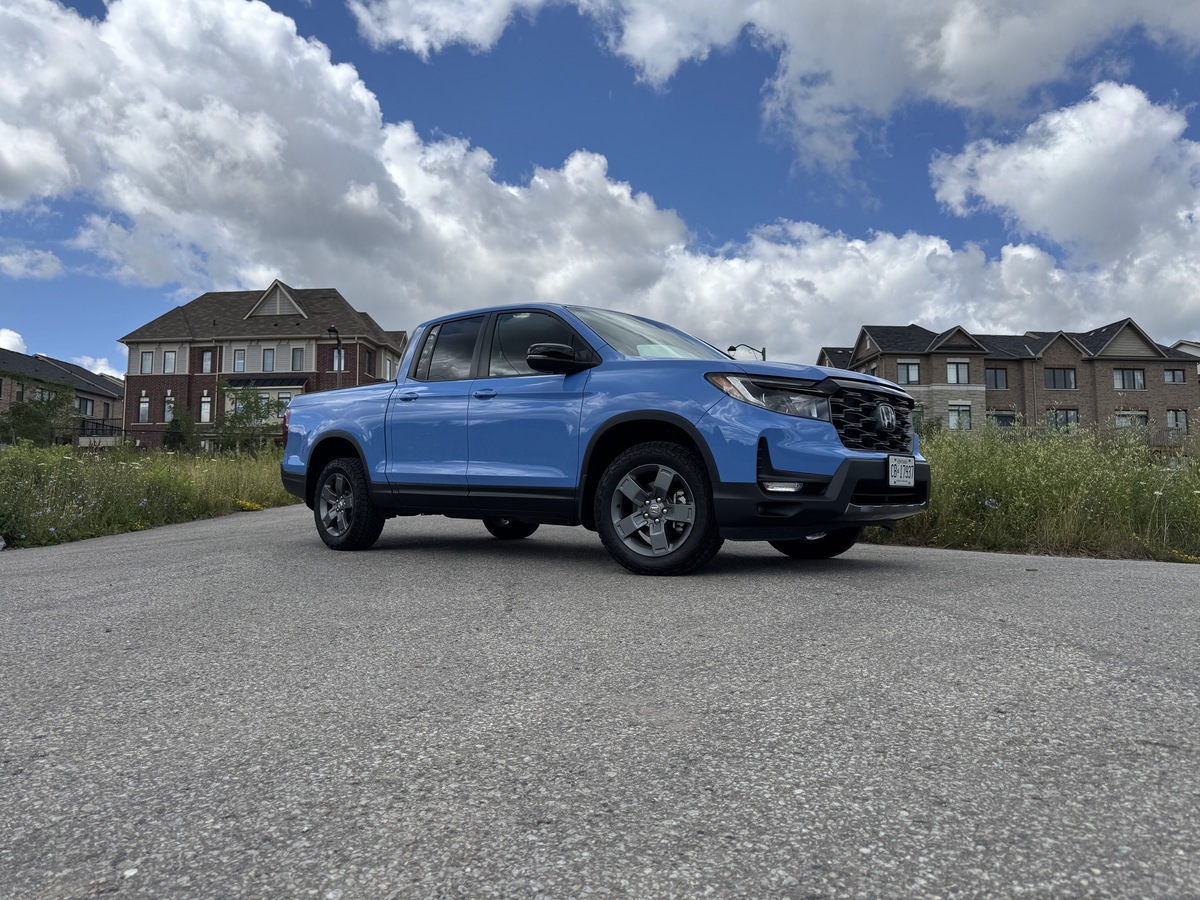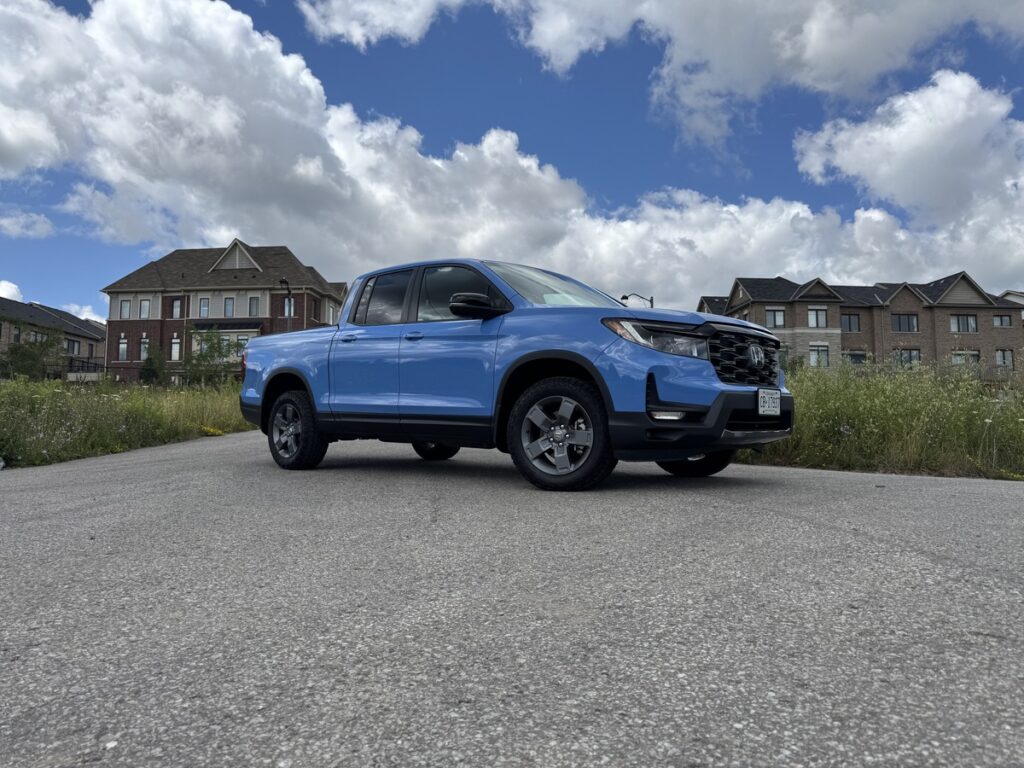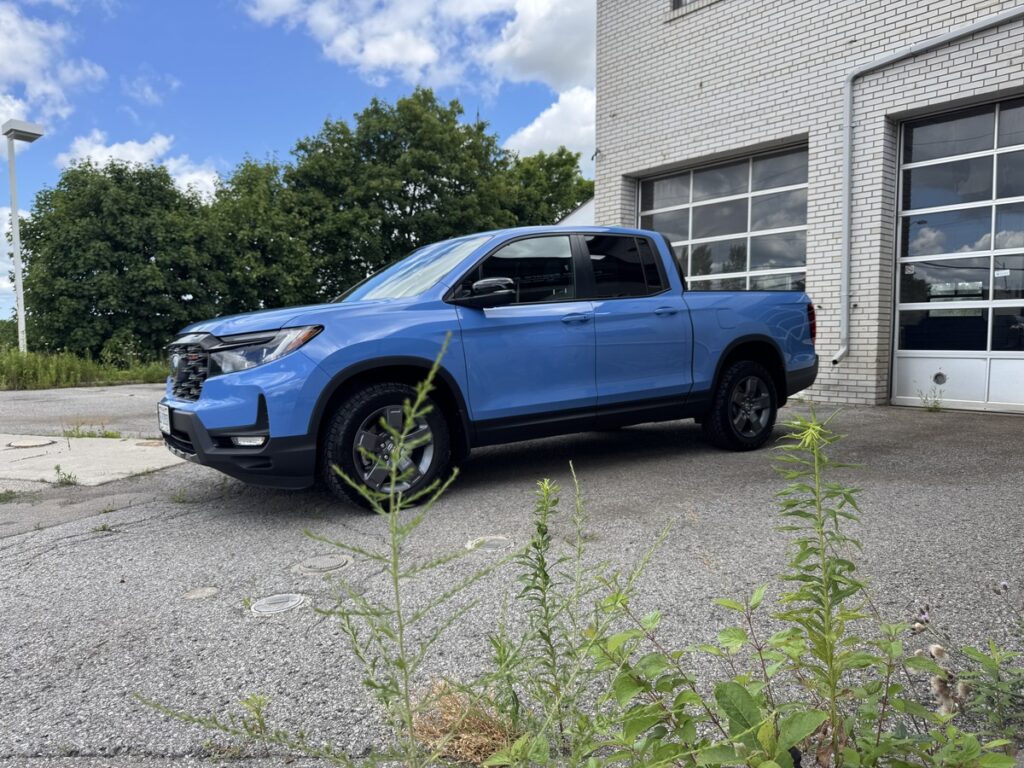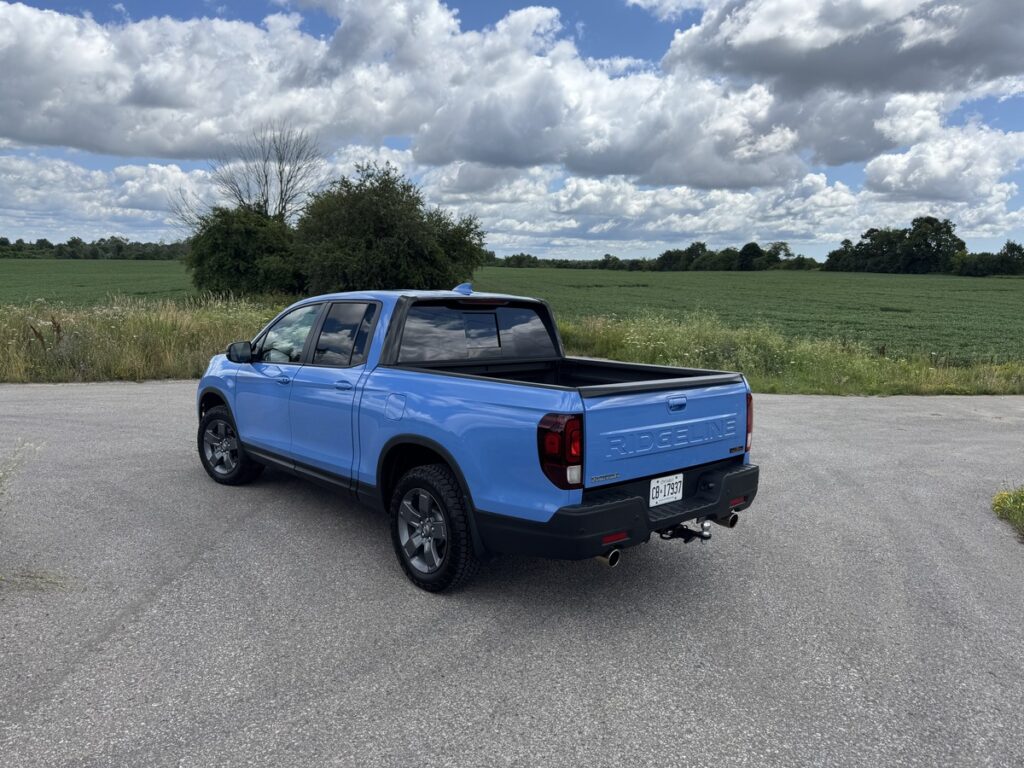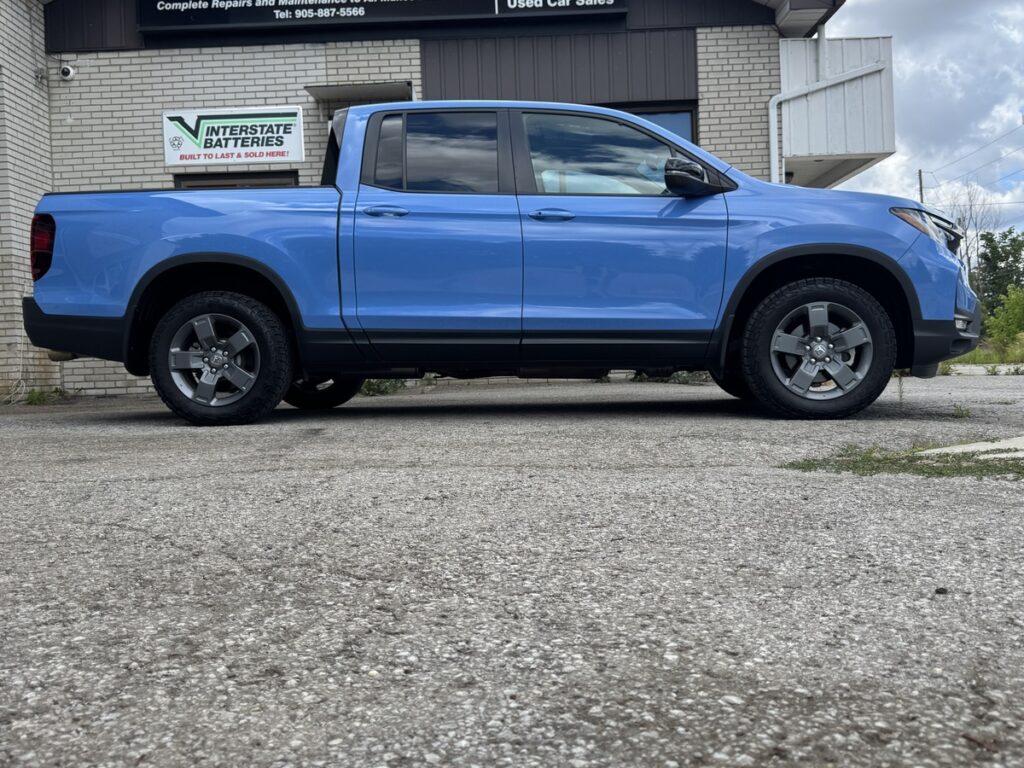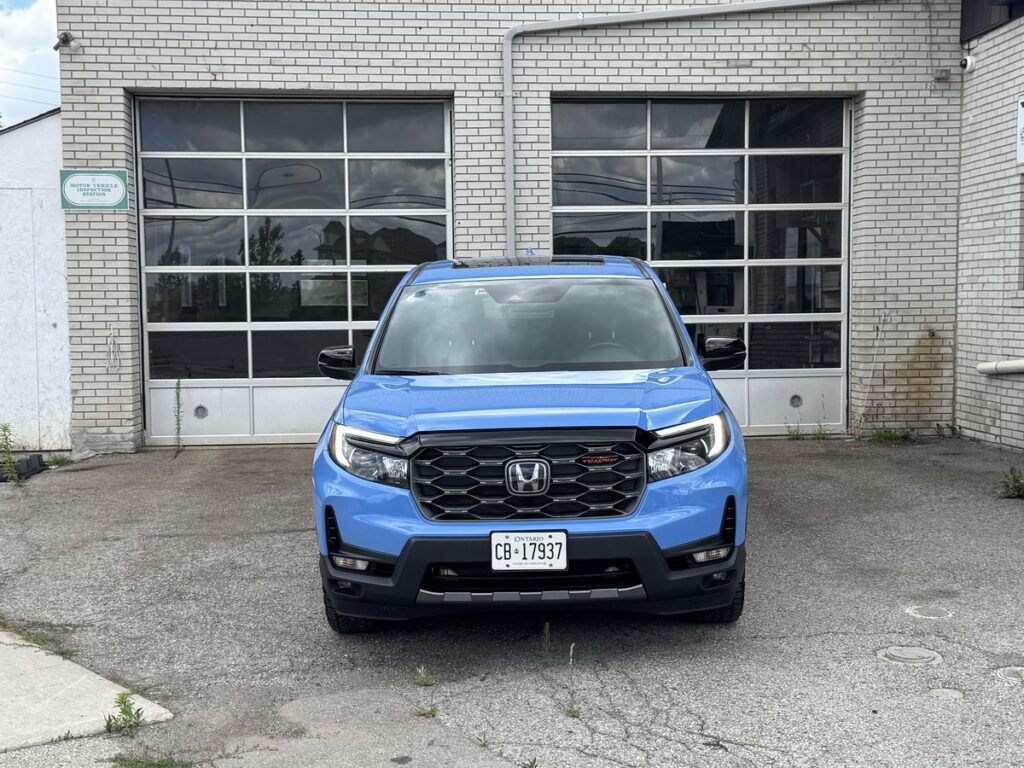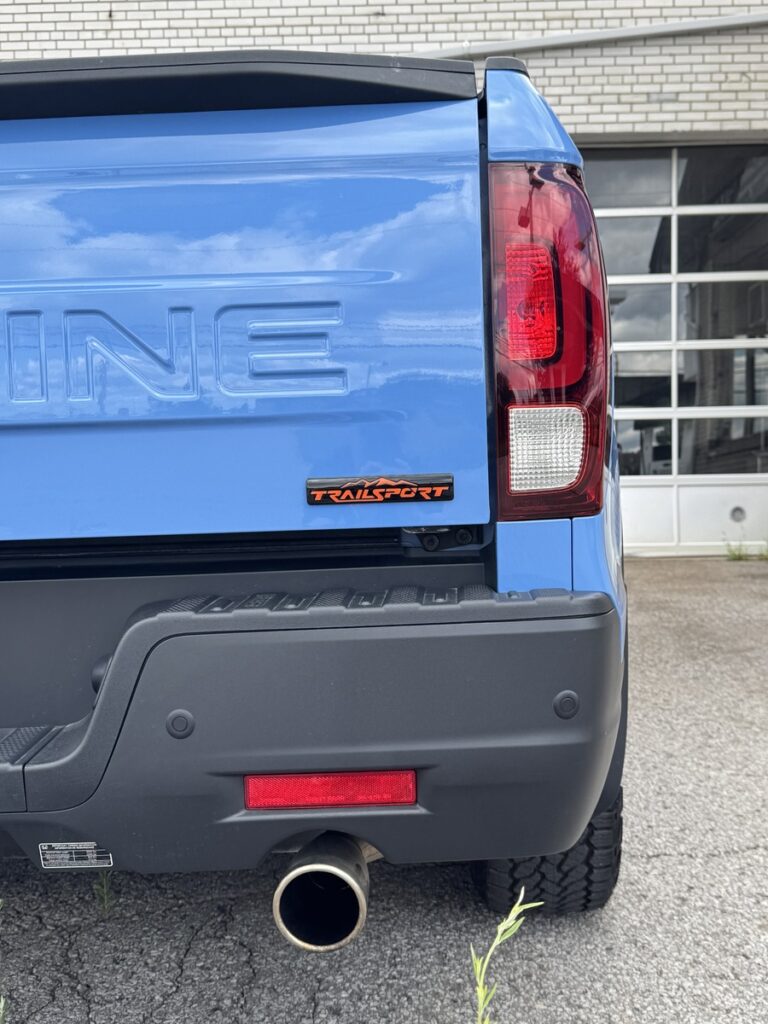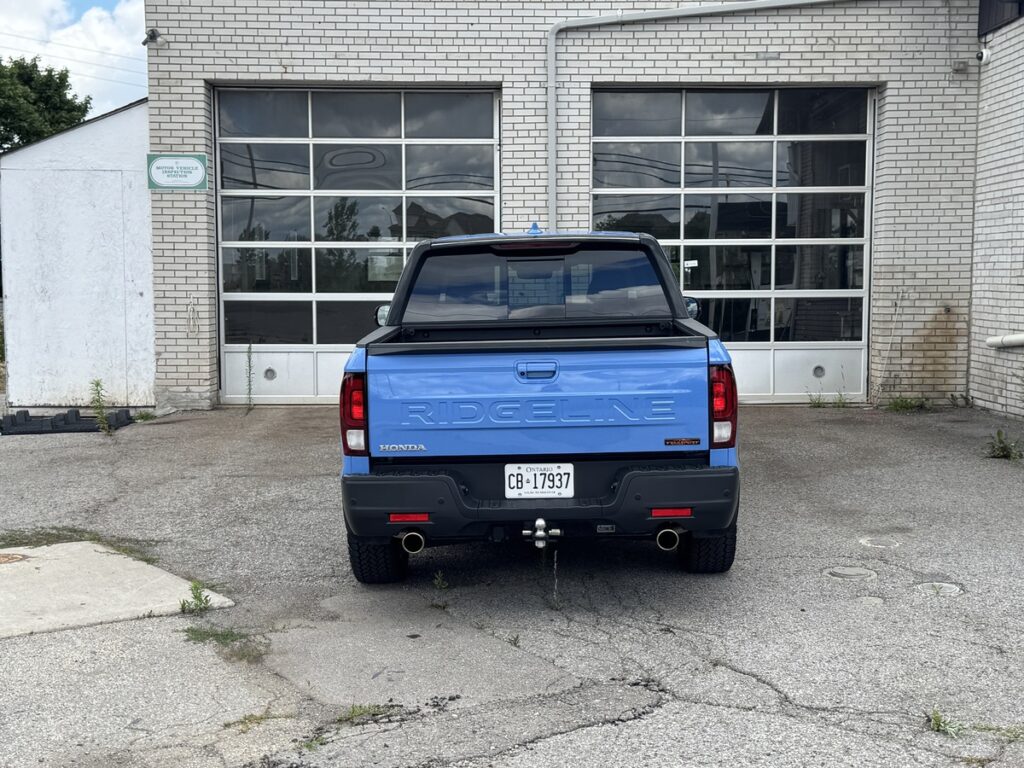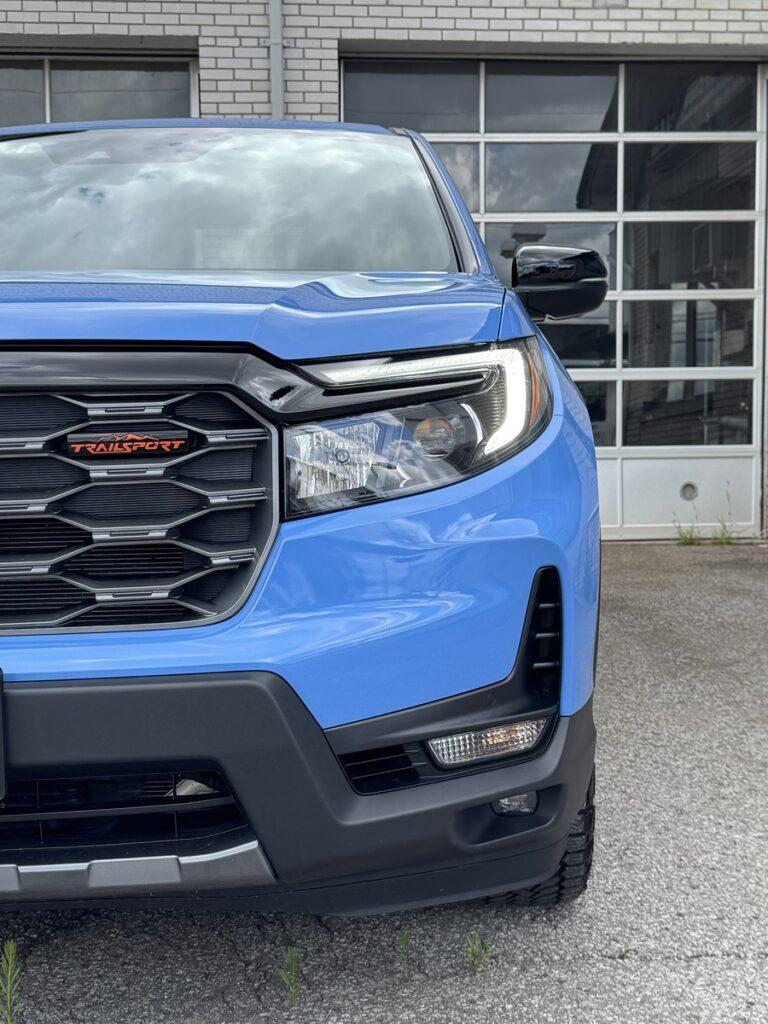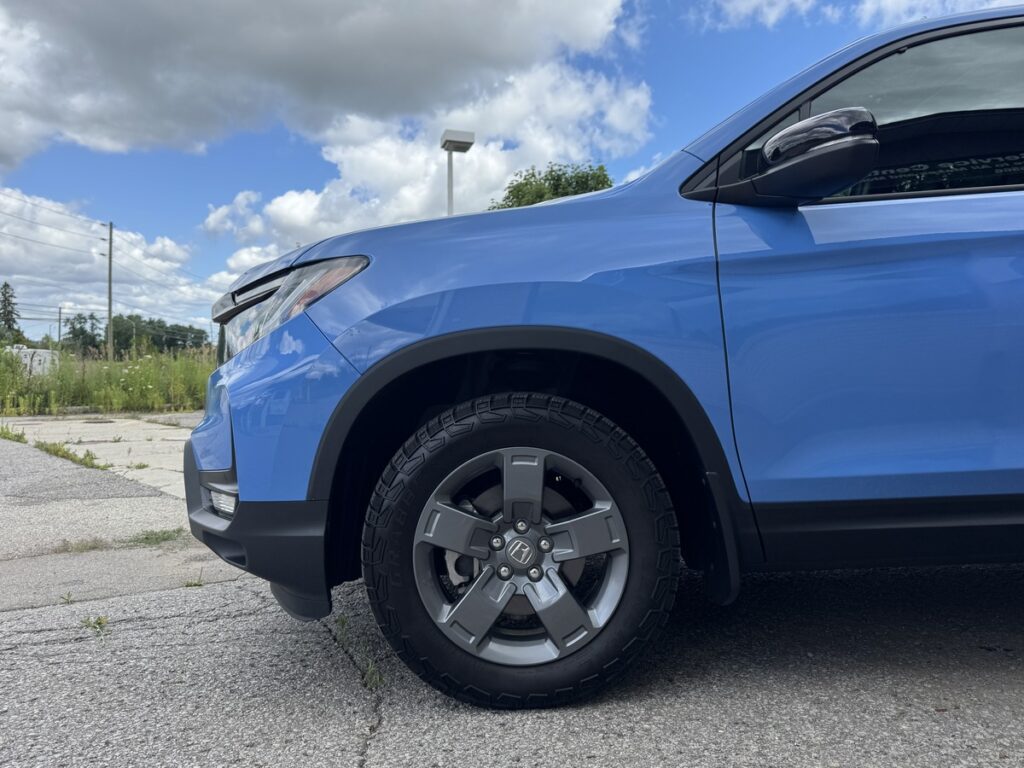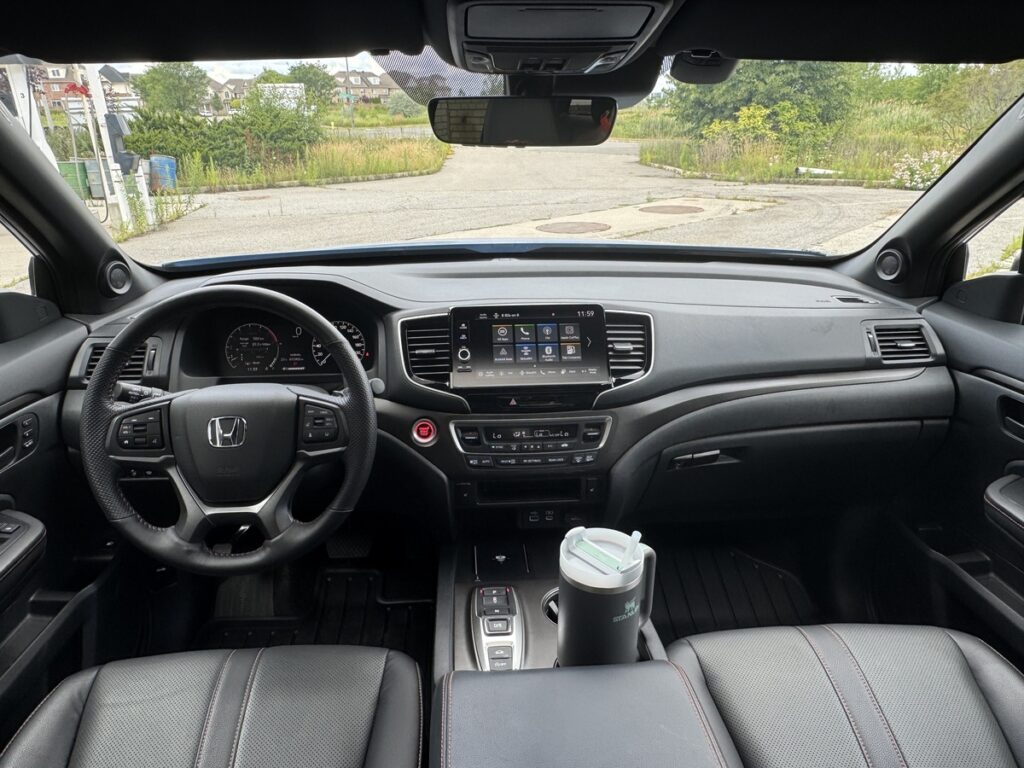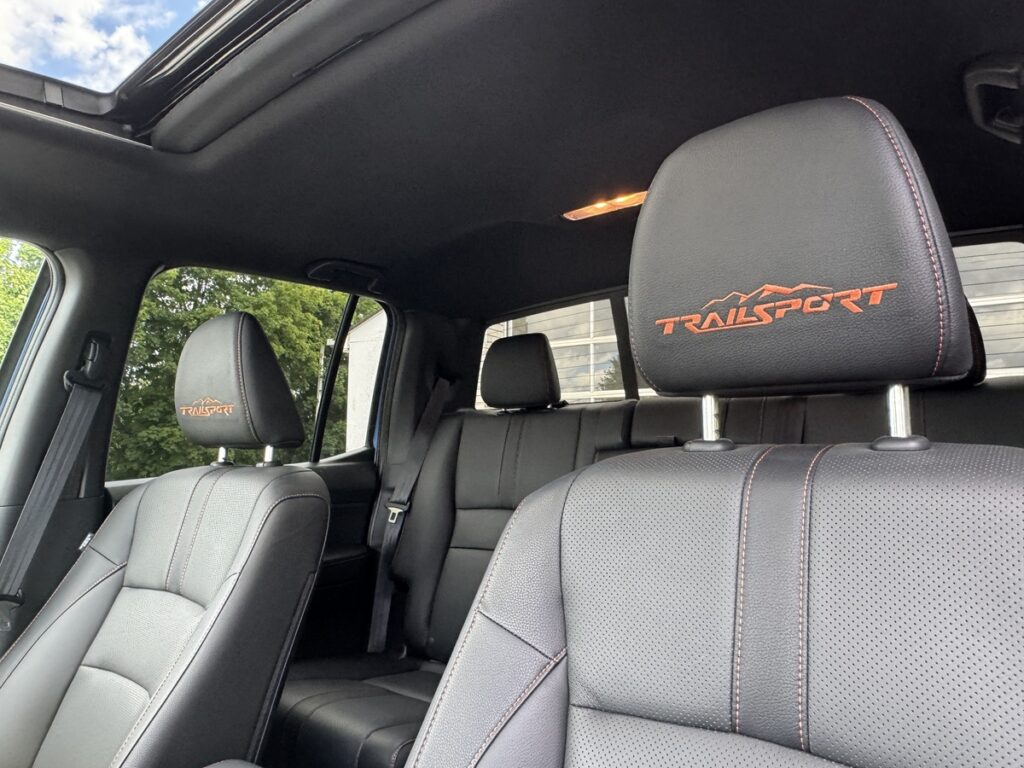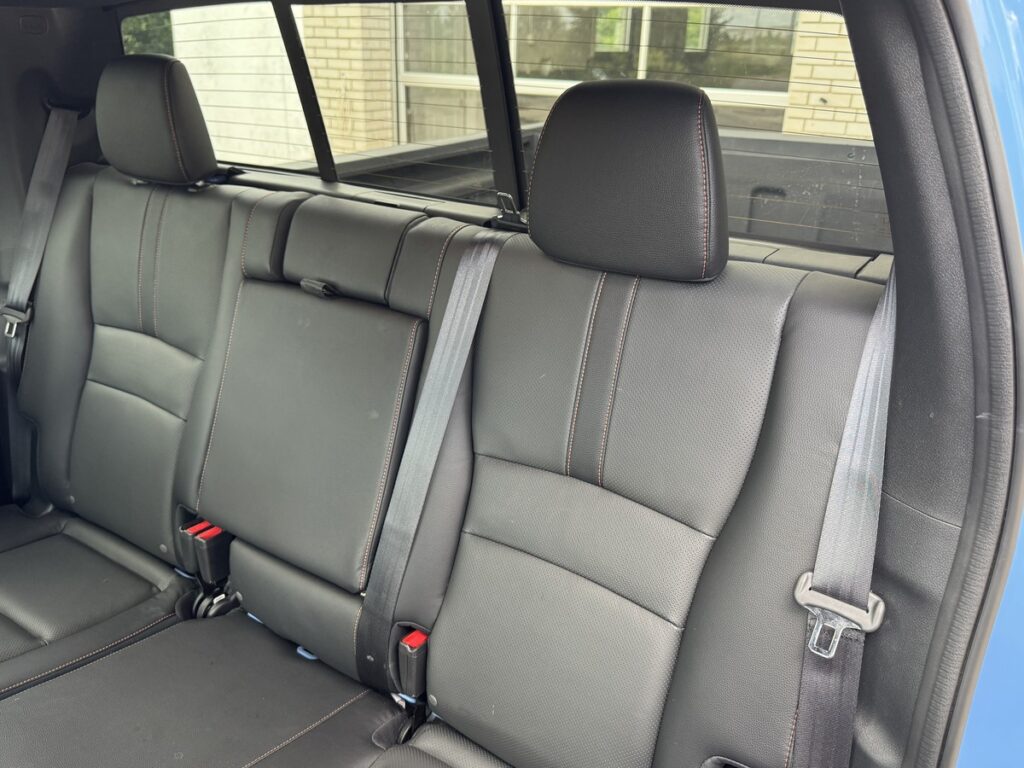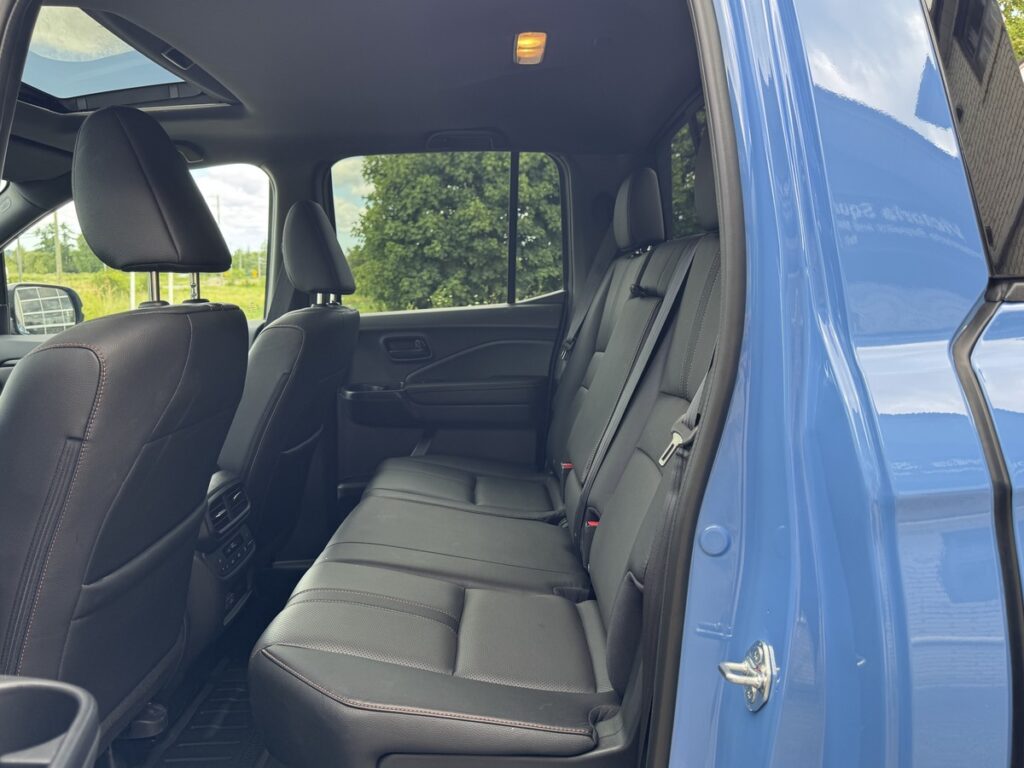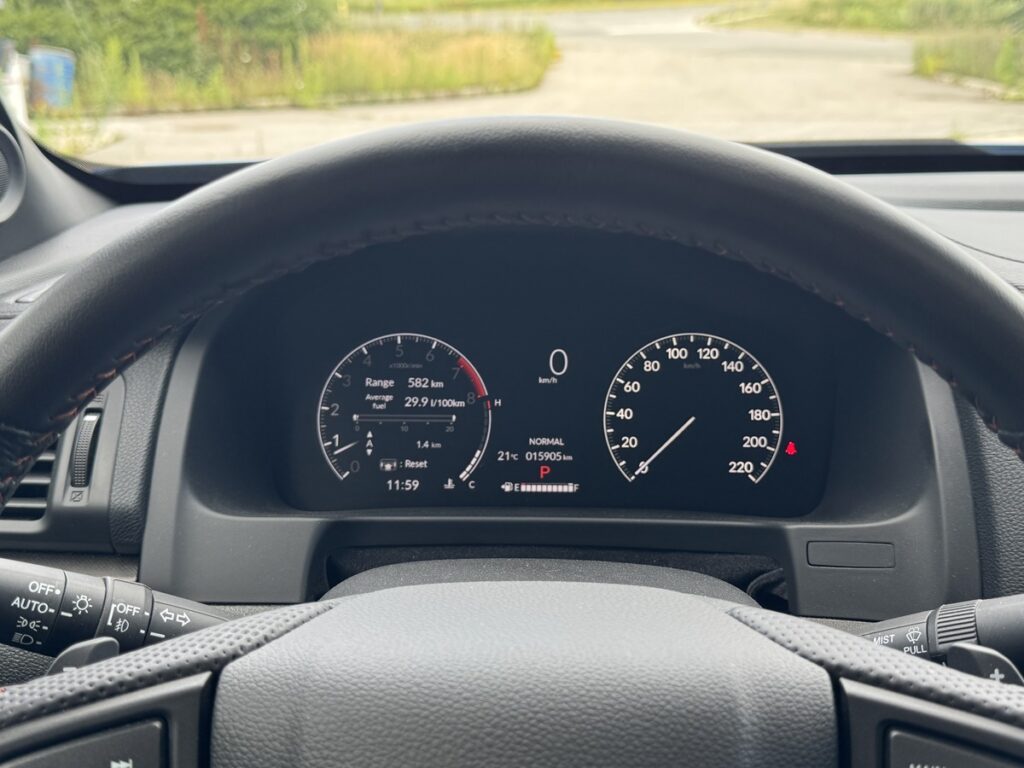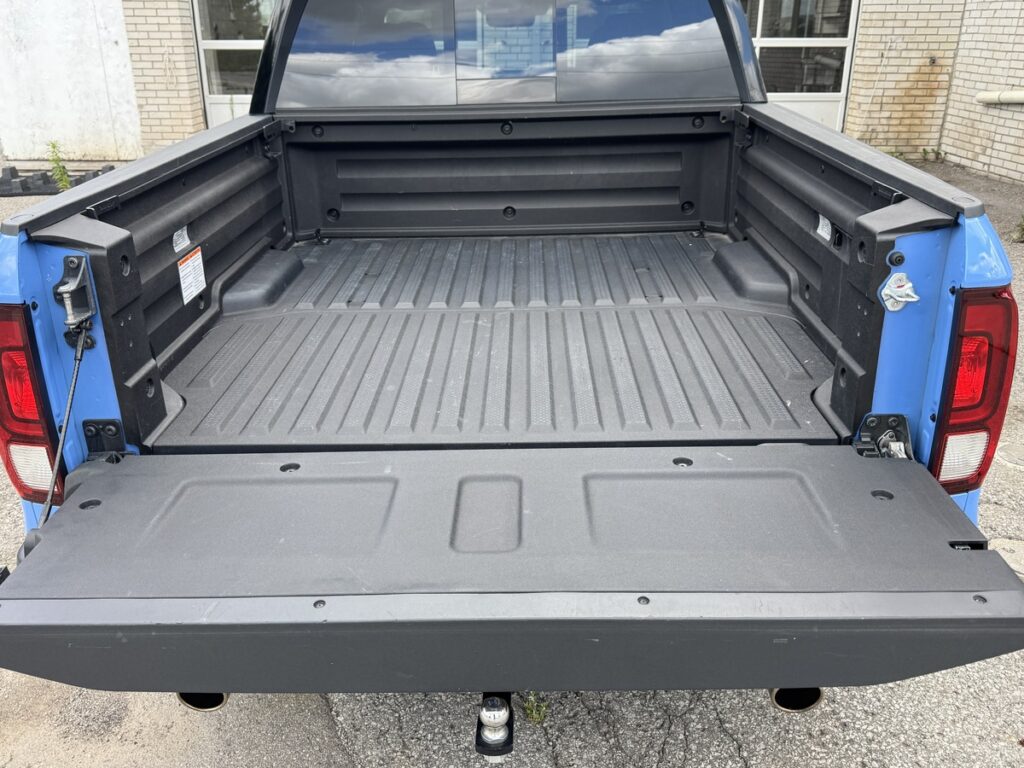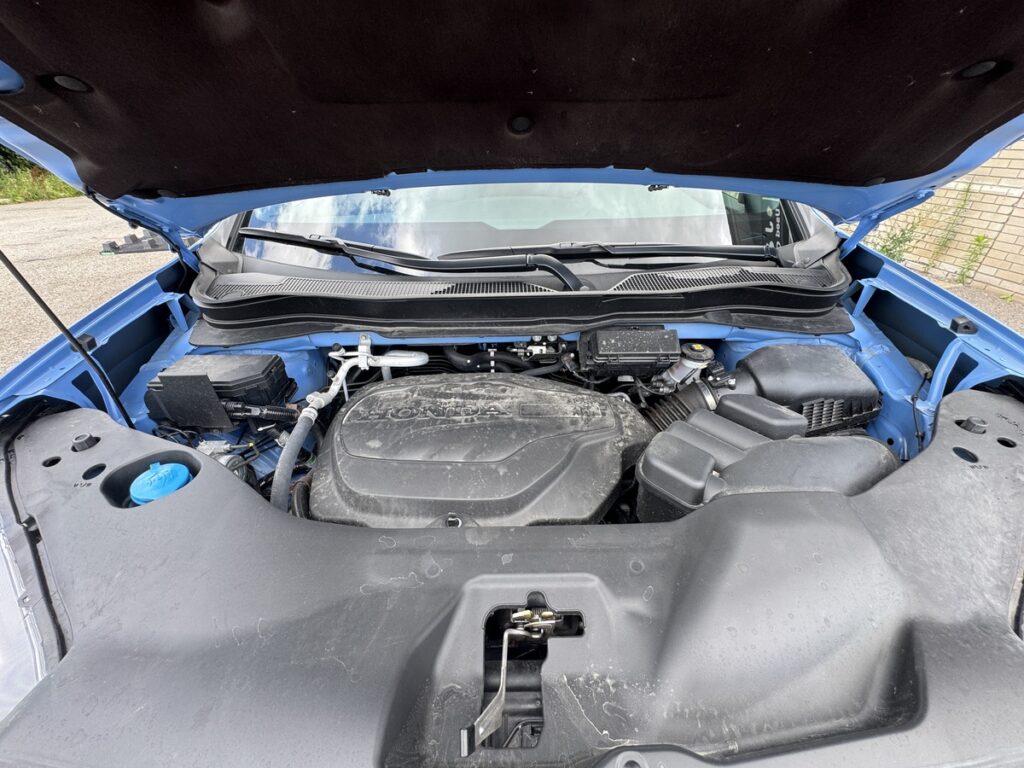Words by: Adam Allen
Pickup trucks made for the urban dweller is a segment that is so hot right now. Ford has its hands full with a mountain of orders for the Maverick, a truck that splices the DNA of the F150 and Escape models and offers the option for a hybrid powertrain. Hyundai, dipping a tentative toe into the pickup space, Hyundai introduced us to the Santa Cruz and we came away suitably impressed by the effort from a company with zero experience in this niche of the market. These small trucks are the answer to the question of “Why buy more truck than you need?” Sure, a Chevy Silverado will not complain about being used to ferry the kids to school or tasked with carrying a holiday haul from the local Costco, but it's a bit much for that kind of duty. The huge payload and towing capabilities are completely wasted, and you are left with a vehicle that is unwieldy driving and parking within the city limits and the dismal fuel economy that goes along with that.
With the idea of needing a pickup but scaling down its dimensions and capacities a wholly embraced philosophy from shoppers, Honda must a felt a little frustrated. When these mini trucks were nothing but a barroom napkin sketch, the Ridgeline had already been plying the roads and home improvement store parking lots for years. In fact, the second generation of the current Ridgeline you see here has been around for eight years, giving buyers a much more appropriate pickup option than traditional trucks if your daily routine doesn’t require towing a huge boat or moving a bed full of crushed rock from place to place. Honda saw the light before any of the other brands and yet the Ridgeline has not enjoyed the kind of success that it might have if people had caught onto the virtues it has espoused since it’s debut back in 2006.
Even before the Ridgeline, Honda has long been known as a company for shrewd innovations throughout its history. Trick stuff like VTEC, Super Handling All-Wheel Drive and the sorta creepy ASIMO android robot are but a few of the cool technologies they have introduced over the years. Back in the early Oughts the company took notice of the huge sales numbers pickups generate here in North America and thought that there must be a better way to allow customers to enjoy many of the facets of truck ownership without the penalty in fuel economy and drivability. With their fresh approach to design and engineering, the Ridgeline was born.
The basic premise of the Ridgeline is to think of it as we did when we first evaluated the current generation back in 2017: take a Honda Pilot/Odyssey (they share the same platform) graft a pickup bed onto its second row of seats and add a healthy amount of towing and payload capacity, making the Ridgeline something of a Japanese version of the El Camino. It isn’t just the styling that is handed down from the Pilot. The Ridgeline gets the same comfortable interior with all the trimmings and niceties from that model as well as the running gear and suspension. That means a 3.5 litre V6 sending power through a 9-speed transmission and then onto the tarmac through Honda’s iVTM-4 all-wheel drive system. Even the fully independent suspension carries over. You end up with a truck whose driving experience is closer to a car than a truck. It matters not if the bed is full of stuff or if you are towing, the ride is smooth, controlled and does not get upset by midcorner bumps. There is a good deal more precision to the way the Ridgeline drives compared to its full-sized counterparts, and fuel economy is much better to say the least. Basically, the Ridgeline’s raison d’etre is to unburden its driver of all the compromises associated with a much larger truck. It works, folks.
Our tester works even better than before thanks to its fairly new TrailSport trim that Honda has lavished on a good portion of its SUV portfolio. Those seeking to embarrass Jeeps traversing the Rubicon trail will want to look elsewhere as TrailSport addenda do not include the kit you’d need to conquer such harsh environments. Instead, with its beefier off-road centric tires (which, thankfully, are whisper quiet on the highway) and strengthened/revised springs, dampers and anti-roll bars, the Ridgeline offers just enough increased machismo to head a little deeper into the woods or the confidence to select that camp sight that’s slightly more remote than the rest.
So why does the Ridgeline not enjoy the same success as so-called ‘real’ trucks? Anyone who knows this segment will tell you that truck buyers are a fiercely loyal bunch and tend to stick with their brand resolutely. They tend to look down their noses at vehicles that try and pass themselves off as heavy duty and rugged, as misguided as that may be. Yet those two factors don’t work in the Ridgeline’s favor and most write it off as wimpy when in fact the Honda has more than enough grunt to get the vast majority of stuff done they will ask of it. Still, the Ridgeline knows what it is and is comfortable in its own skin- plus it can do most of the truck stuff the body-on-frame usual suspects are able to accomplish anyhow.
Our theory as to why this phenomenon exists is a simple one- the Ridgeline simply does not look tough enough when you line it up next to those it is trying to compete with. Yes, we are aware of the shallowness of that statement, but when we asked some truck owners what they thought of the Ridgeline most replied that the ‘minivan with a tailgate’ didn’t project the truculence they crave. They might be onto something there, and the answer is fairly simple- make the Ridgeline look more like a truck. Kia recently released their new minivan and it’s styled to look like an SUV, and largely succeeds. That should be enough to make buyers take notice and perhaps that strategy pays off in terms of sales.
Since we’ve enjoyed our time spent behind the wheel of a Ridgeline and needed a noble steed for a road trip to the Finger Lakes region of Western New York, we thought it would be a good time to gauge the impact of how the TrailSport treatment affects the Ridgeline’s amiable personality. Getting to our destination via the crushingly boring network of interstates was made tolerable by the Ridgeline’s enduring on-pavement excellence that isn’t dulled at all by the more aggressive rubber it rides on. We set a record for Ridgeline fuel economy with a sparkling 9.4L/100km over the course of the trip, and that was with gratuitous trips to the redline to hear the familiar VTEC scream the V6 engine emits. Perhaps the best Ridgeline moment revealed itself during an outdoor concert. During the show, the skies opened up and caused everyone to take shelter. After the downpour passed, concert goers were less than pleased that their lawn seats had become a soggy potpourri of mud and puddles, but we weren’t among them. Instead, we backed the Ridgeline up to the venue and set up a couple of lawn chairs in the pickup bed. Not only did we enjoy excellent sight lines to the stage, but our butts were much drier than anyone else in attendance. That the bed’s floor houses a cooler (which we put to good use) was icing on the cake.
Generally lavish praise aside, there are a few things we’d recommend to Honda that need fixing. We wish that the Ridgeline didn’t have such underwhelming brake feel- the pedal doesn’t deliver that much stopping power in the initial centimetres of travel, and after that it’s a bit like stepping on a ball of wet socks. It’s something we got used to quickly, but those who will use their Ridgeline in stop-and-go traffic regularly might not be so amused. Our tester was equipped with Honda’s now familiar but sometimes frustrating touchscreen infotainment system which could use a little polish to bring it in line with the contemporary touch screens that currently proliferate the market. We touched on it earlier, but the Odyssey-meets-pickup motif is going to be a turn-off for some- it just doesn’t look butchy enough. Yes, we know that the designer’s pen has zero effect on the basic functionality of the Ridgeline, but we’d like to see some attitude introduced into the styling.
When it was time to come home, the Ridgeline faithfully swallowed all of our gear and turned a long highway slog into something bearable thanks to its excellent highway manners. We made some great memories over the course of our little sojourn, and the Ridgeline was at the centre of many of them, especially the night we turned it into a impromptu mezzanine. We still wonder why so many people sleep on Honda’s pickup- and until they wake up and come to their senses, the Japanese El Camino is still cool and remains an enjoyable daily driver.
2025 Honda Ridgeline TrailSport - Specifications
- Price as tested: $58,426
- Body Type: 4-door, 5 passenger pickup truck
- Powertrain Layout: Front engine/all-wheel drive
- Engine: 3.5-litre V6, SOHC, 24 valves
- Horsepower: 280 @ 6,000 rpm
- Torque (lb-ft.): 262 @ 4,700 rpm
- Transmission: 9-speed automatic
- Curb weight: 2,047 kg (4,512 lbs)
- Observed Fuel consumption: 9.4/100km (25 mpg)
